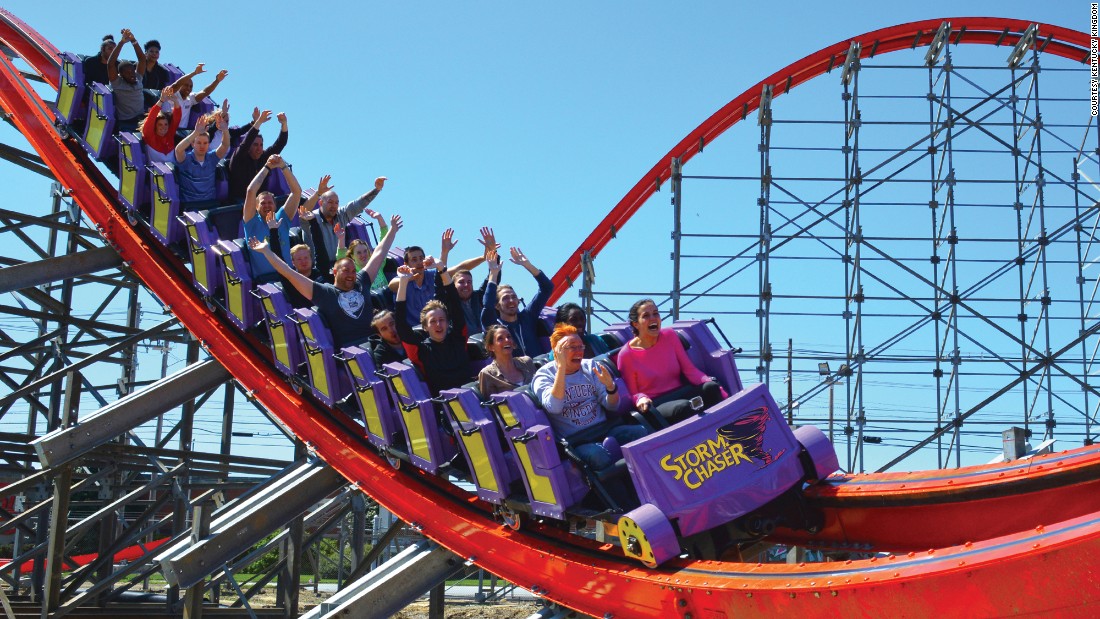This.
Those who are saying VIA "should" bank the track should ride the VIA Alexandria subdivision and watch the horizon. The track is very noticeably superelevated on curves, I guess VIA upped the banking when they rebuilt the line a few years ago to optimize more for passenger trains rather than freight.
But even so, the curve speed limits are still only on the order of 85 mph, still slower than CN's Kingston Subdivision which has less aggressive superelevation. There simply is no substitute for wide curve radii. Tilting trains might be able to increase the curve speeds a bit more, but not enough to necessarily offset their associated costs.
VIA used tilting trains for the first 25 years of its existence, but eventually gave up on tilting trains due to maintenance costs. There was of course the maintenance of the LRC active tilt system itself, but on top of that there is also an increased track maintenance cost. Because while tilting rearranges cornering forces to make them more comfortable for passengers, it doesn't actually do anything to reduce those forces. As with any train, going faster around a corner increases the forces on the track.
Tilting trains are just an excuse to not build infrastructure to a high enough standard. They let proponents of a project, whether it be the TurboTrain, LRC or HFR, make extravagant claims about speed which may well be achieved briefly upon opening (remember Toronto-Montreal in 3h59?), but once the newness fades, the operator (VIA) will look at the numbers and realize that tilting doesn't actually make economic sense and the railway will revert back to its 'native' non-tilting design speed.







